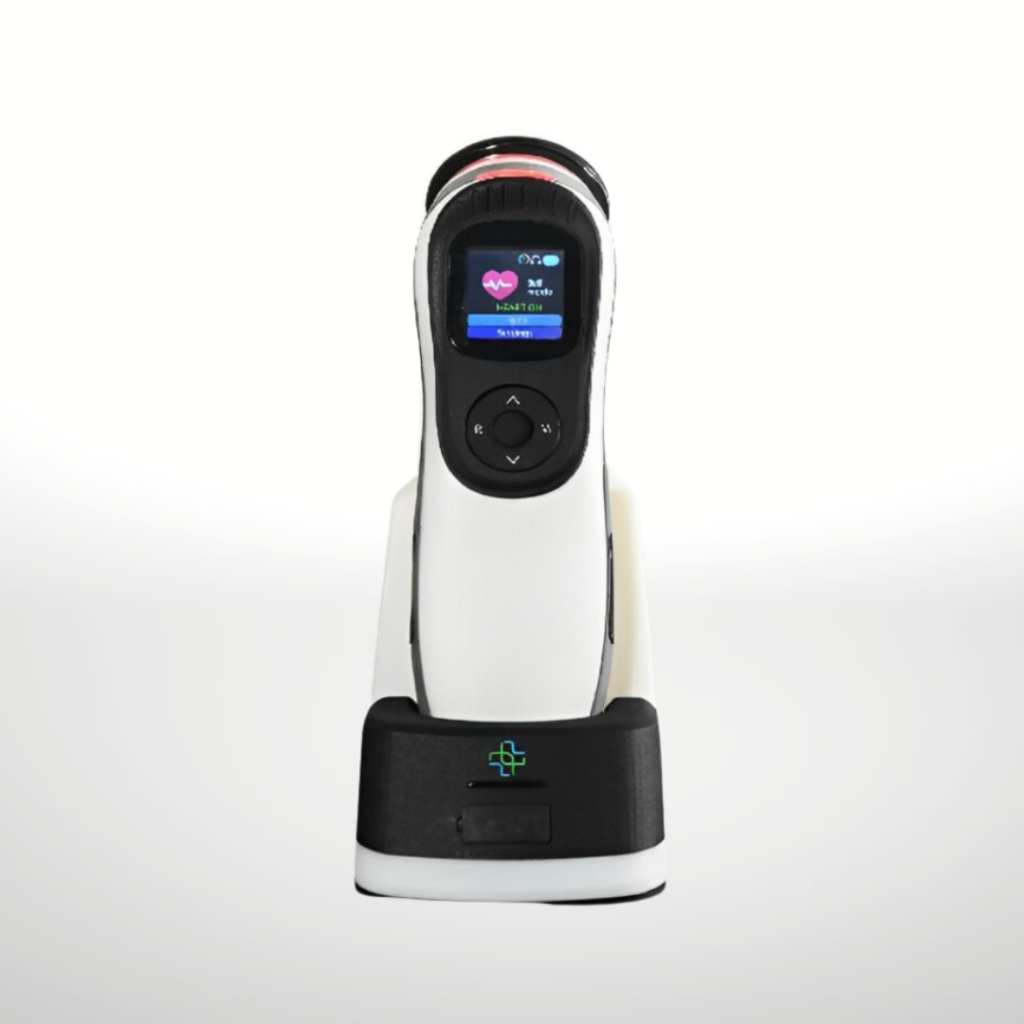
In the world of healthcare, tools and technology continually evolve to make patient care more efficient, accurate, and responsive to practitioners’ needs. One of these advancements is the development of our noise-canceling stethoscope. Unlike traditional stethoscopes, which have served healthcare professionals for centuries, we introduce the benefit of reducing ambient sounds, leading to clearer heartbeats, lung sounds, and other bodily indicators.
So, what are the specific benefits of using a noise-canceling stethoscope, and how do they compare to the classic model?

1. Enhanced Sound Clarity
Traditional stethoscopes provide a reliable way to listen to a patient’s heart, lungs, and other internal sounds. However, in noisy environments—emergency rooms, busy hospitals, and even outpatient clinics—background noise can interfere with accurate readings.
Our noise-canceling stethoscope is designed to minimize ambient noise, helping healthcare providers focus on the subtle sounds of a patient’s body. This clarity can be essential for detecting slight abnormalities in heartbeats, lung function, or blood flow, potentially making the difference in early diagnosis or catching an irregularity that would otherwise go unnoticed.
2. Improved Diagnostic Accuracy
Accurate auscultation (listening to body sounds) is critical for diagnosing a range of conditions. Noise-canceling technology helps eliminate distractions, which can lead to more precise assessments. Studies have shown that, in high-noise situations, practitioners using noise-canceling stethoscopes can detect abnormalities with greater confidence and accuracy compared to traditional models.
For instance, certain cardiac murmurs or respiratory sounds might be challenging to detect with a conventional stethoscope in a noisy setting. A noise-canceling stethoscope, however, can filter out these interferences, allowing practitioners to make better-informed decisions and reduce the likelihood of needing additional, time-consuming diagnostic tests.
3. Reduced Listening Fatigue
Listening fatigue is a real phenomenon, especially for practitioners who perform lengthy auscultations over the course of long shifts. Traditional stethoscopes require the listener to concentrate deeply to pick up and discern bodily sounds amidst potential background noise, which can lead to exhaustion over time.
Noise-canceling stethoscopes are designed to alleviate some of this strain. By canceling out disruptive sounds, they allow healthcare workers to listen more comfortably and for extended periods, potentially improving focus and reducing overall fatigue.

4. Adaptability in Noisy Environments
One of the primary benefits of noise-canceling stethoscopes is their adaptability. Traditional stethoscopes work best in quiet settings, which aren’t always feasible in bustling healthcare facilities or emergency situations. Noise-canceling stethoscopes can filter out background noise, making them ideal for busy clinics, trauma centers, or field settings where quiet spaces are unavailable. The adaptability to different environments gives healthcare providers more confidence in their assessments, regardless of the surrounding noise.
5. Modern, Comfortable Design
The Kalp noise-canceling stethoscopes incorporates comfortable and ergonomic designs that can make a noticeable difference in the practitioner’s comfort over extended use. Furthermore, our models have digital capabilities, like sound amplification and wireless connectivity, allowing recordings for further analysis or teachin
g purposes.
6. Enhanced Learning and Training Capabilities
For medical students and trainees, learning the nuances of auscultation can be challenging. Digital noise-canceling stethoscopes can help by filtering out ambient sounds and allowing trainees to record and replay heartbeats or lung sounds. This feature can be valuable in teaching environments where trainers want to demonstrate the differences between healthy and abnormal sounds, providing a significant educational advantage over traditional stethoscopes.
Are There Any Downsides?
While noise-canceling stethoscopes provide numerous benefits, they do come with a few considerations. They are typically more expensive than traditional models, which may be a deterrent for some. They also rely on batteries or chargers, introducing the potential for technical issues or the need for regular recharging. Additionally, practitioners accustomed to traditional stethoscopes may require an adjustment period to get comfortable with noise-canceling technology.

Final Thoughts: Choosing the Right Stethoscope for Your Practice
Both noise-canceling and traditional stethoscopes have their place in healthcare. The choice often comes down to the specific needs of the practitioner and the environments in which they work. For healthcare providers in quieter settings or those who primarily work in outpatient care, a traditional stethoscope may be perfectly adequate. On the other hand, for those in high-traffic environments or specialized fields that require intense focus on subtle sounds, a noise-canceling stethoscope can be a game-changer.
Ultimately, the move towards noise-canceling stethoscopes aligns with a larger trend in healthcare: leveraging technology to improve precision, comfort, and efficiency. As with any medical tool, the decision should be based on individual needs, but for many, the noise-canceling stethoscope offers advantages that can significantly enhance both patient care and practitioner comfort.
